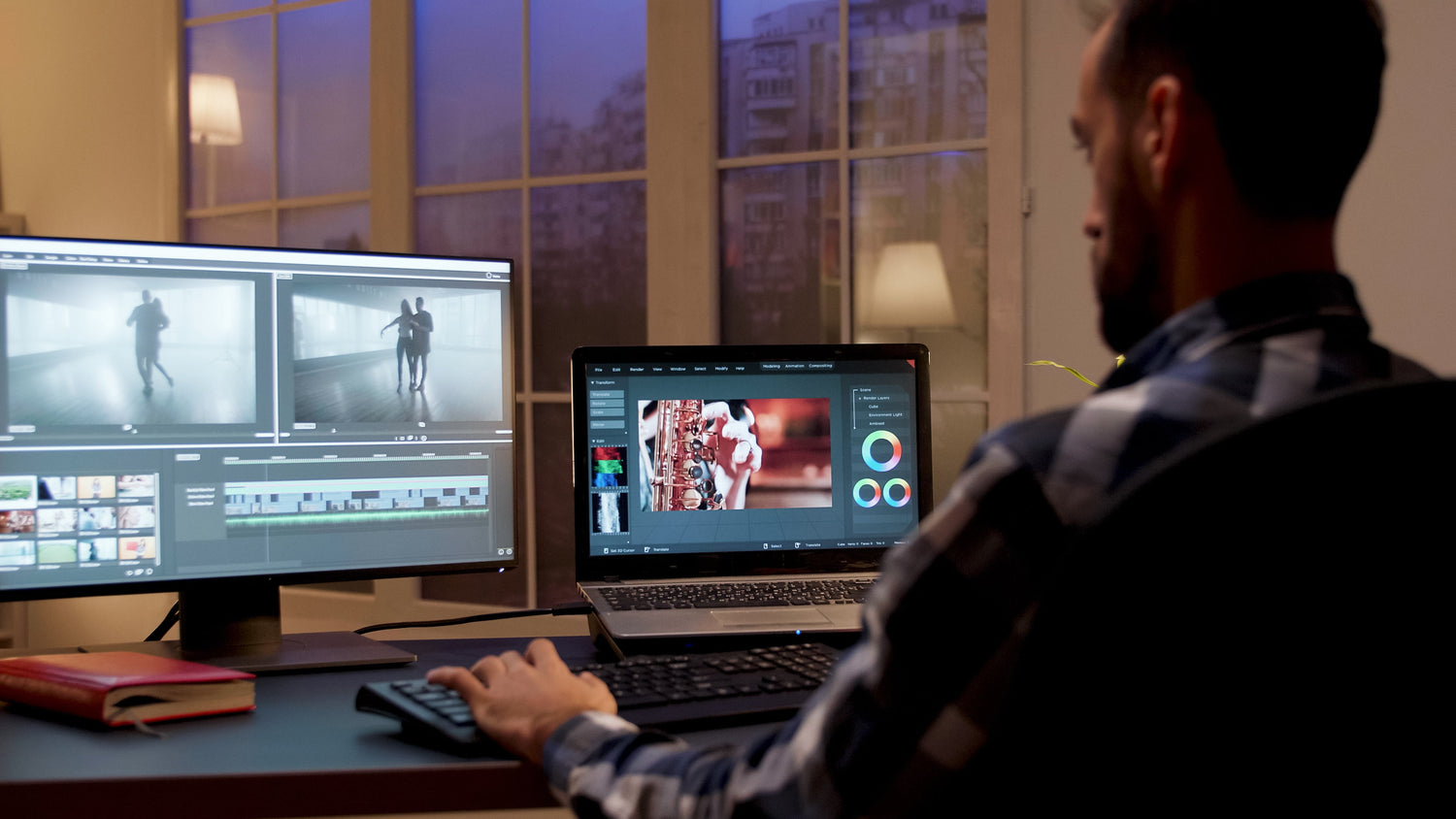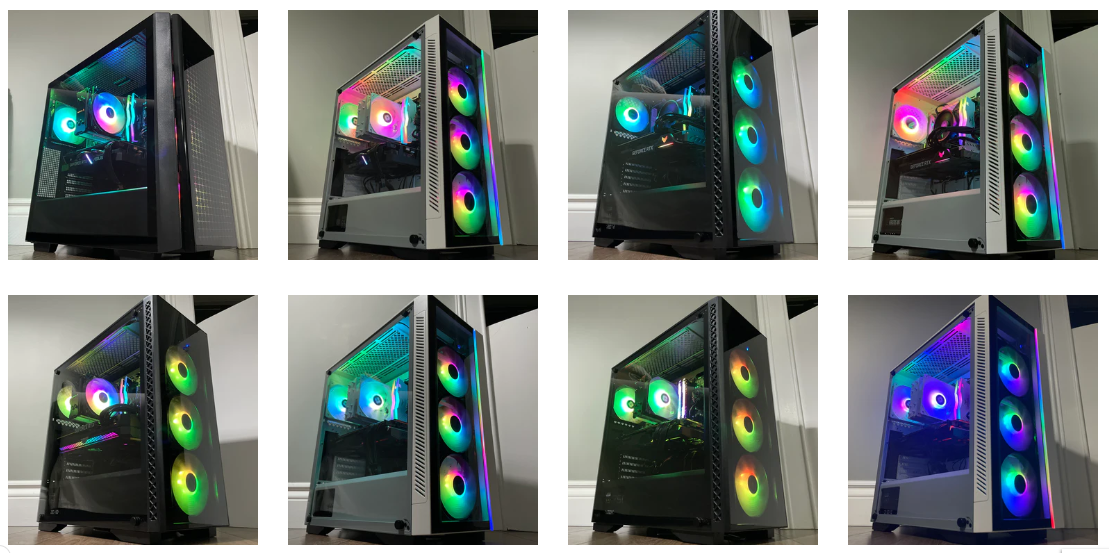Building a PC for quality video editing can mean faster rendering, smoother video playback, and a more reliable workflow. Still, it can quickly become expensive over or underpowered headache if you don’t research. This guide will shed light on what each high-end video editing PC component does and what hardware you should prioritize for editing.
The Components:
CPU
Most modern-day video editing software requires a hefty amount of processing power. For example, Adobe Premiere Pro will need multiple cores to perform basic video processing and editing tasks. Therefore, you will need to invest in a CPU with multiple centers or hyperthreading for a video-editing PC. The recommended number of cores is between 6-10 to ensure the best possible performance.
RAM

Storage

Similar to professional streaming, you need a hefty amount of storage space for all your creative projects. For video editing, it is recommended that you use an SSD (Solid State Drive) over a traditional HDD (Hard Drive). This is because SSDs don’t use mechanical moving parts and instead utilize integrated memory chips to access your files and data much faster. The last thing you want while working is to experience input lag and a reduction in frame rates while trying to access all your videos and images.
Graphics Processing Unit or GPU

A GPU or graphics processing unit is known as a graphics card in a high-end video editing PC. It interprets the digital files and renders them as visual images, whether videos or still images. Unless you’re adding effects and graphics, most video editing tasks tend to lean more heavily on a CPU than a graphics card. So if you’re on a budget, focus on getting the best CPU you can first and then choose a graphics card. The power of a GPU is measured in video RAM or VRAM. So for 4K video editing, you’ll want a GPU with at least 8 gigabytes of VRAM. You can get away with a 4-to-6 VRAM graphics card for videos with lower resolution or faster compression.
Cooling

A CPU can get very hot under high processing demands, so you need a cooler. A low-cost CPU cooling option is a fan (or multiple fans). The downside to these is that they can get pretty loud. You can also opt for an all-in-one (AIO) water cooler, which uses a radiator and coolant to keep your CPU at acceptable temperatures. They cost more and have a more complicated setup, but they’re whisper-quiet and work faster than a fan. Some CPU coolers come built into a case or a motherboard, but many custom PC builders want to choose their CPU cooler a la carte. So be sure to choose one that will fit your motherboard and outer case.
Power Supply

You’ll need a power supply unit (PSU) to send electricity to your machine and power its various components. When you build a video editing computer, don’t cheap out on a power supply. An underpowered PSU will cause your computer to shut down, while a poorly made one can cause a power surge, destroying components and maybe even starting a fire. Power supply units are rated for efficiency. Choose a team with an efficiency score of 80+. You should also aim for a modular power supply — where pieces can be removed and swapped out for new parts. This lets you make gradual upgrades without purchasing an entirely new PSU. A good power supply unit will cost you several hundred dollars, but if it uses energy efficiently, you’ll reap savings over the long term.
For expert advice on pre-built PCs, hardware, and much more, our helpful team at Groovy Computers is available for you. Get in touch now.



Leave a comment
All comments are moderated before being published.
This site is protected by hCaptcha and the hCaptcha Privacy Policy and Terms of Service apply.